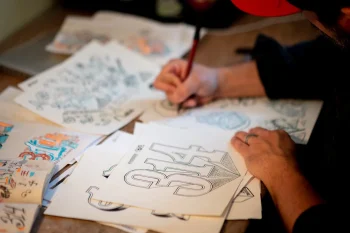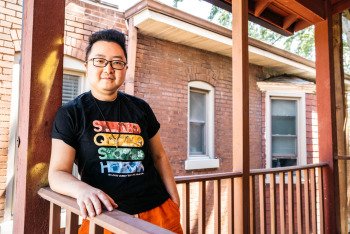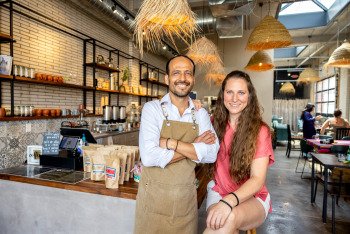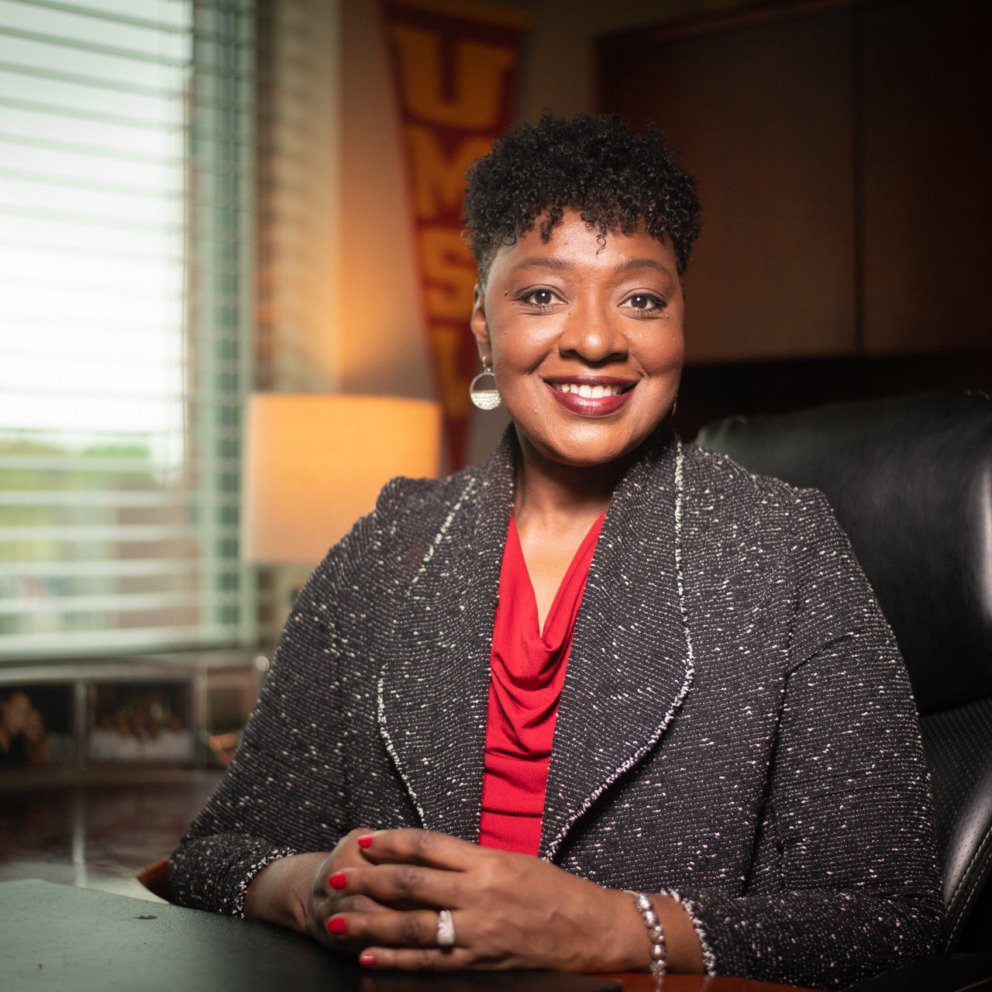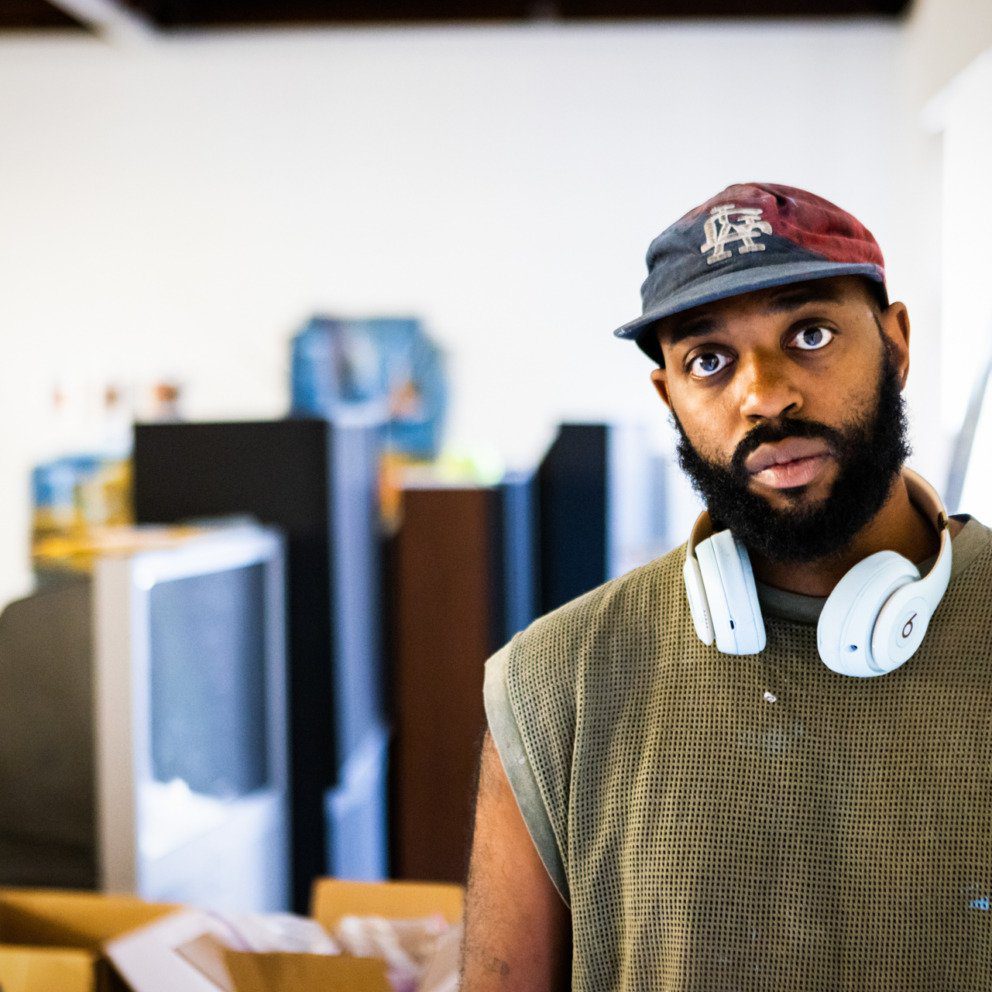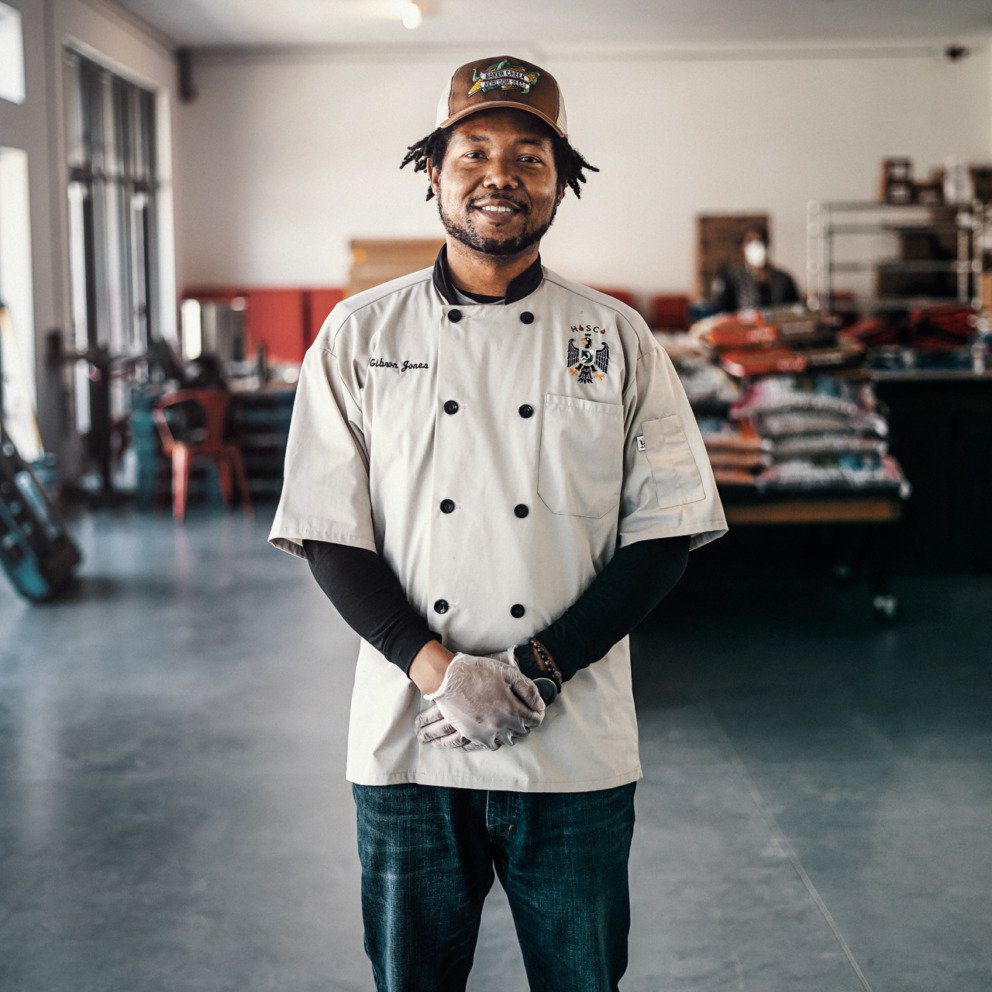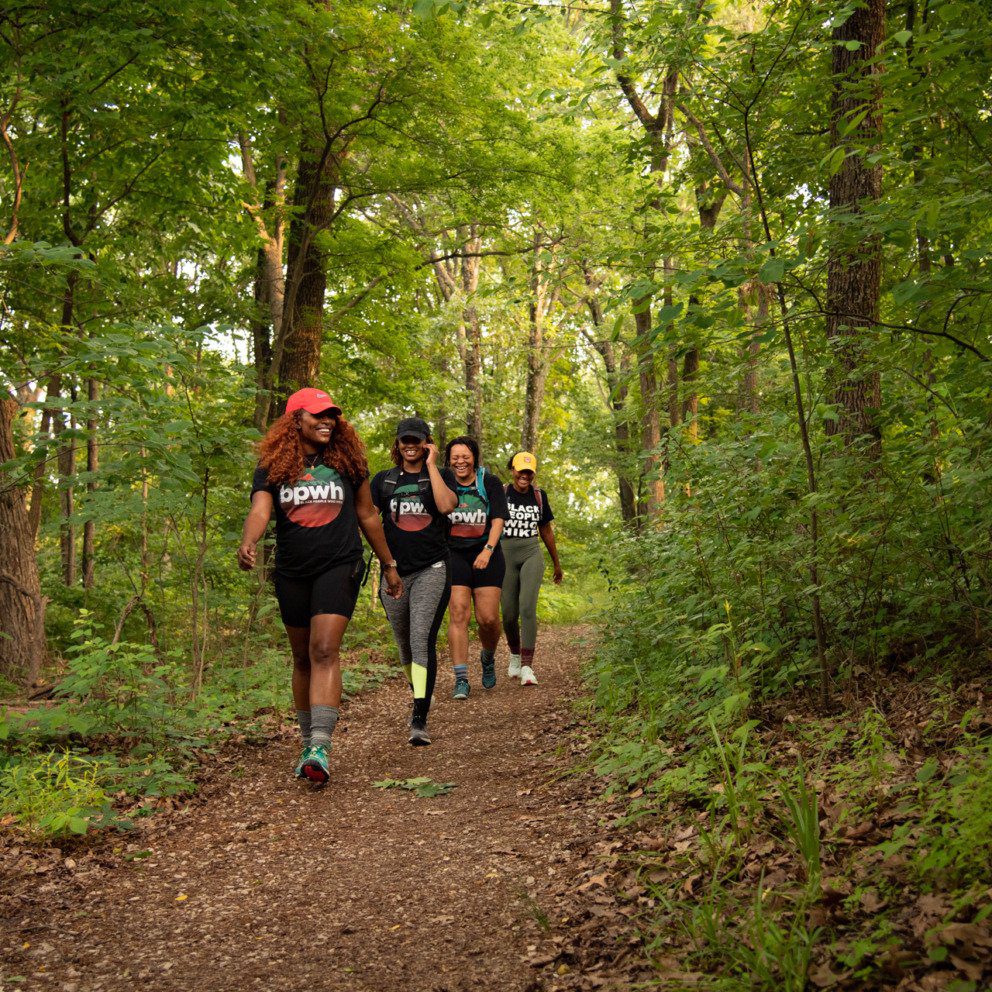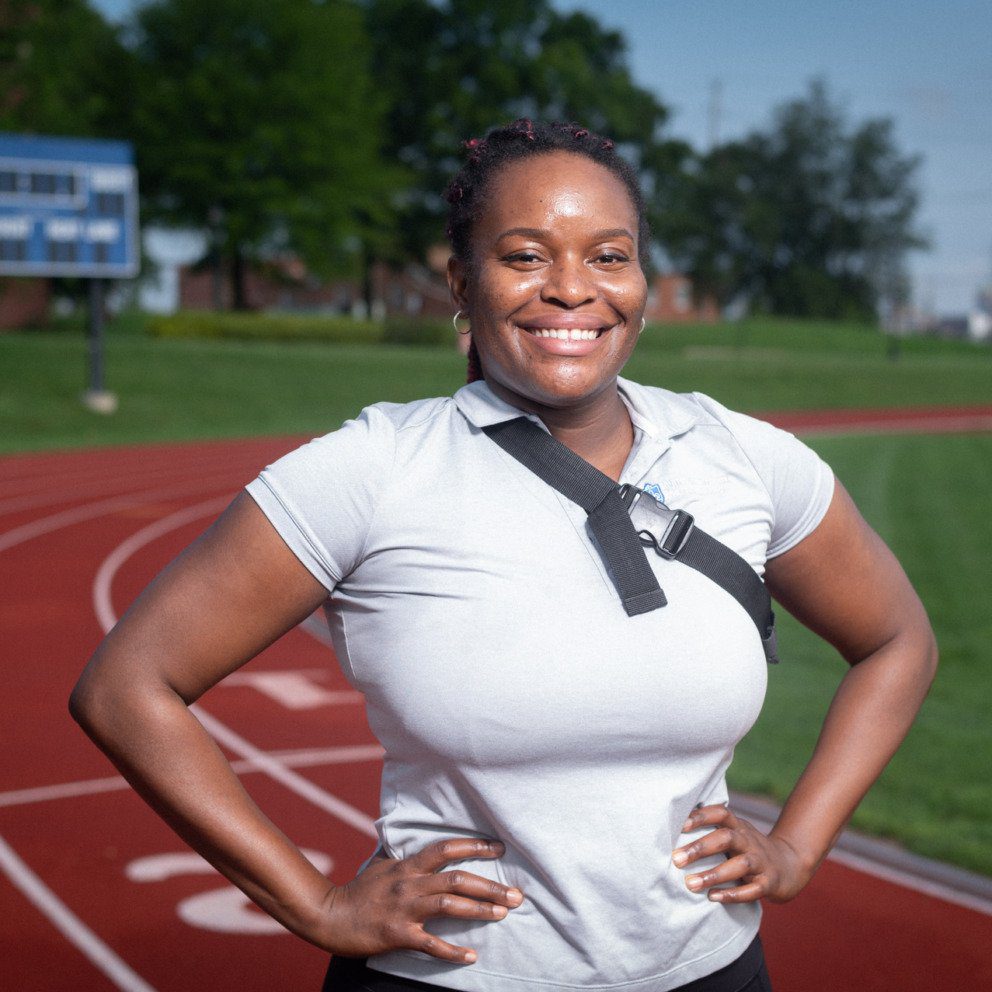Rewriting the Narrative
At EyeSeeMe Bookstore in University City, Jeffrey and Pamela Blair are fulfilling their calling to provide people with positive stories of African Americans.
Jeffrey Blair will never forget a particular incident that drove home for him the importance of his work. It was a couple of years ago, during a Black History Month program at a suburban St. Louis County middle school, and he started out, as was typical at such events, with a question to the audience.
“I said, ‘Happy Black History Month,’ to the crowd, and they repeated it back to me,” Blair recalls. “Then I asked them why we don’t have a White history month, because I was trying to get them to think. One brave Black girl raised her hand and said, ‘Maybe it’s because they have too much history to fit into one month?’
“What would have made her have that conclusion? It’s not her fault; it’s the socialization, so why would she have any other conclusion based on the information she has? What she’s saying is that there are some other people that have a history that is more vast and important than her own.
“How can kids reach their full potential if they are thinking that way?”
For Blair and his wife, Pamela, that little girl’s question was not an isolated incident but emblematic of the reason they founded the University City-based African American children’s bookstore, EyeSeeMe. As parents of four children, they saw firsthand the lack of Black representation in the books and materials available for them to provide at home, but the full extent of the problem didn’t reveal itself to them until their youngest boy, Ezra, began having problems in the public school system where they lived in New Jersey. It was quizzical to them. Like their parents before them, the Blairs were committed home educators who made sure their kids were reading and thinking critically before they were old enough to go to school. Ezra never displayed any delays or disinterest in learning – quite the opposite – so when he started coming home from school with notes about his behavior, the Blairs were confused.
“We thought, ‘That sounds weird,’ so we had a lot of back and forth with the school,” Blair says. “He was in kindergarten but reading at a second-grade level, so he was bored, but the school’s solution was to have him sitting in a corner on a computer while the others are playing. Something didn’t feel right.”
The Blairs worried about the ramifications that came from having a young Black boy labeled as a problem child, so they decided to home-school Ezra, as well as their two daughters who are only slightly older than him (their oldest son remained in the public school system since he was already in middle school). Blair admits they had no idea what they were doing; Pamela quit her full-time job to educate their children, and as she dove headfirst into assembling materials and putting together a curriculum, she and Blair saw firsthand just how scarce African American imagery and materials were. The pair were shocked that they often had to go to Black museums to even do something as simple as find a book that centered the stories of African American children.
“Children look at history as flat – that anything before they were born is over there,” Blair says. “But we wanted to give them cause and effect to show how one thing grows into another, that we are a result of activities that happened before, and those are the result of what happened before that. But they were getting world history as western civilization, which is very European focused. They wanted to know, ‘Where were we during the Ottoman Empire?’ or ‘What happened before we were African American?’ Education starts with the self. We wanted to answer our children’s questions and give them a clear perspective about their beauty and that their history did not start with slavery. We wanted to protect them from some of the stereotypes out there in society.”
Around the time they were embarking on their home-schooling journey, Blair made a major life change himself and left behind his career in tech for law school. The timing wasn’t great; Blair graduated around the time of the Great Recession and had few job prospects, so when he got a job offer with the Social Security Administration’s St. Louis office, he and Pamela decided to uproot their life in New Jersey and move halfway across the country.
The Blairs settled in Kirkwood and enrolled their three youngest children in the municipality’s public school system. The children transitioned well and were doing well academically, but the fact that their curriculum was no longer focused on them was a real eye-opener.
“An African American child, from grades kindergarten through 12, will rarely see anything about them unless it’s talking about slavery or civil rights,” Blair says. “That really paints a picture in a child’s life.”
Because they had become well-versed in African American educational materials during their time home-schooling, the Blairs became advocates for representation in schools, working with the district on different programs that would help to fill this gap. They had no idea this work would turn into a business, but over the course of their children’s academic careers, they kept being confronted with situations that compelled them to do more.
“My daughter would look for titles in the school library, and nothing was reflective of her,” Blair says. “Fortunately, she had a good relationship with the librarian, who would order books from other libraries for her, but they shouldn’t have to do that. I also remember my daughter coming home one day and talking about the Freedom Riders story – and how every story about African Americans is about social problems, slavery, civil rights, crime, and there is often a white savior. That story isn’t bad or untrue, but it’s not the only story, and if it is the only story you see, it gives you a false perspective.”
As their children prepared to graduate from high school, the Blairs realized they had both the expertise and drive to do what they could to change this narrative. A bookstore made perfect sense to them; they could take all of Pamela’s hard work in gathering materials and put them under one roof. Their mission was clear: To be a resource for parents, schools and children that would enable them to see themselves in what they read. With that vision established, the pair opened EyeSeeMe as a small brick-and-mortar storefront in University City in 2016.
“Children internalize ideas like the achievement gap, but I don’t like using that term because it makes it seem like the children’s fault and not the system’s,” Blair says. “But it’s not them. Any research shows that if a child is connected to and invested in the material, they will read longer and be self-motivated, but when they see something other to them and that they are not valued in the system, they have less interest.”
Blair admits that there was a steep learning curve in running a bookstore and that there were many times he and Pamela wondered if they should keep going. However, just when they would get to their lowest points, they would have an experience that made them realize the importance of their project. During one particularly difficult stretch, they were reinvigorated after receiving a note from a preschool teacher who was able to use one of their books to connect to a previously withdrawn Muslim girl in her class. This particular story made the Blairs realize that their work was important not just for Black students, but for any child whose experiences are not typically centered in the classroom.
As more and more people began to find out about EyeSeeMe, the bookstore became popular enough to warrant a larger space. In 2019, the Blairs moved the store to a building three times the size of their initial storefront and were gearing up for a big 2020 filled with book fairs, events, author signings and a variety of community activities. By March of that year, when the world ground to a halt in the face of the global public health crisis, they found themselves, instead, with an empty calendar and questions about whether or not they would be able to continue on. Though they were apprehensive at first, the Blairs felt that they had no choice but to launch a GoFundMe for the bookstore to get them through the hard times. The outpouring of support was tremendous.
“The basic building block of a community is business, and oftentimes, in Black communities, when businesses come in, they come in to assist and are nonprofits,” Blair says. “We were committed to making EyeSeeMe a for-profit business for that reason, so it was difficult for us to ask for help because it felt like we’d failed. But the community came out and supported us so abundantly. It felt like they were giving us a virtual hug – everyone is dealing with losing jobs, lockdowns, not understanding what’s going to happen next and whether or not they can get toilet paper, but they still took the time to come out and say, ‘We value what you are doing and are not going to let you shut down.’ It just floored us.”
If the outpouring EyeSeeMe received through the GoFundMe was heartening, the massive influx of interest following the murder of George Floyd in May of that same year was overwhelming. Business increased exponentially as families of all races and backgrounds clamored for materials that centered Black experiences.
“This is not just for Black kids but for all kids for different reasons,” Blair says. “We want African American children to see themselves and not feel othered, but also there are a large number of White parents who want to expose their children to African American literature. Parents may want to know how to talk to children about slavery – it’s not easy and has to be age-appropriate – but those can’t be the only books about Black people in the library. It’s not the only dimension to look at Black people through. A lot of time, that’s all they are talking about in the Black books children see. It’s important, but a lot of times children just want books about a boy and a dog, or friends or science fiction and being an astronaut or being mischievous. African American people partake in these things too, and when a White child imagines themselves as a protagonist, it takes away stereotypes or misunderstandings, because we all share similar values and aspirations as people.”
The importance of those stories has been recently thrust into the spotlight following the recent push to ban books in schools across the country. Though Blair never could have imagined his family’s bookstore would be on the front lines of the fight to combat such censorship, he and Pamela have been eager to lend their energies to such efforts. Recently, they partnered with a local nonprofit to provide copies of Toni Morrison’s “The Bluest Eye” to anyone who requests one; so far, they have packed up over 500 copies of the classic book with more drives planned in the coming weeks.
“I thought America was about expression,” Blair says. “It’s shocking to be in America and have people ban books and even burn them. We want people to be critical thinkers, and even if they don’t agree, they can discuss and work through it. What better setting to do that than in schools with professionals and peers?”
As their understanding of what EyeSeeMe means to the community and the broader social discourse, the Blairs cannot help but reflect on their path and how, through twists, turns and a sheer drive to help their community reflect all its members, they have ended up becoming a vital resource – even if they never could have imagined this would be their living legacy.
“I know it sounds cliché, but you just have to follow your heart,” Blair says. “It’s hard to understand how things flow and work out, but it does increase my faith to know that when you keep putting one foot in front of the other and making the best decisions you can, you can deal with whatever is around the corner. We’re just doing our best at every turn and are so thankful that things are going well and that we can be an asset in a very real way. Wherever you are, you want to make it better than what it was before.”
Join the Story
- Sign up for EyeSeeMe’s book subscription program to get books delivered to you each month.
- Teachers and administrators, contact EyeSeeMe to set up a diverse book fair, organize a field trip to EyeSeeMe or order a book bundle for your classroom.
- Follow EyeSeeMe on Facebook for virtual story times and info about upcoming in-person events.
- Read and watch HEC Media’s story on EyeSeeMe Bookstore.

